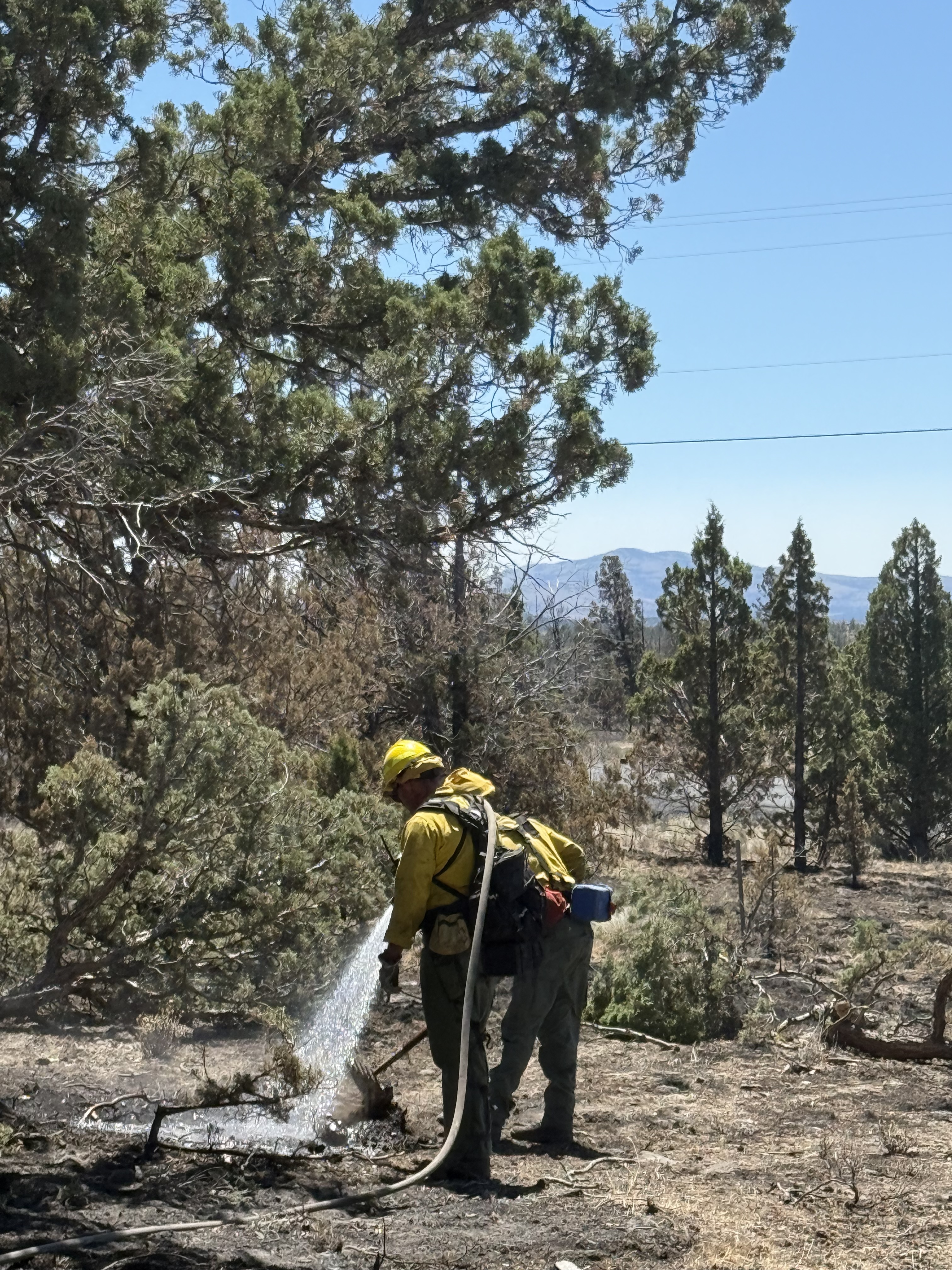Cinders everywhere
Published 4:00 am Friday, February 22, 2008

- Cinders everywhere
During recent snowstorms, the city of Bend spread tons of cinders on the roads to help break up ice and provide traction for cars.
But after the snow melted, the cinders remain and create a messy nuisance. They can make driving and bike riding tricky. Tires pulverize the cinders and throw dust into the air. Or the cinders are blown by wind and traffic into storm drains.
Trending
Even though the cinders can become a nuisance on dry roads, local police have not connected them to more car accidents. And the dust likely does not create respiratory problems, a local doctor said. “Cinders go from a large rock to the size of talcum powder,” said Hardy Hanson, streets division manager for Bend. “That stuff moves all over the place.”
Sweeping up the cinders is a slower process than plowing snow, Hanson said.
Whereas a snowplow can clear 14 yards of snow in an hour, the sweepers can only clear 3 or 4 yards of cinders, he said.
Sweepers spray water on the road to keep dust down before cleaning up the cinders. The sweeper can fill up its hold within a half-hour, so city dump trucks have to trail the sweepers around their route.
But once the cinders are cleaned off the road, their reuse is limited because the cinders hold on to too much of the road’s dirt and debris, Hanson said.
“We’re looking at some (reuse possibilities), though it’s pretty limited,” he said.
Trending
As a response, the city tested a harder rock to replace cinders next winter. The results have been promising, Hanson said.
The cleanup process has not been helped lately because not all of the city’s fleet of seven street sweepers are in service, Hanson said. As of Thursday, three were out of commission, and one was about to return to service, he said.
“One will be ready (today), but then another will break down tonight,” he said.
The cinders on the roads can make the surface slippery, but Bend Police have not seen an increase in accidents. Drivers still need to be cautious around the cinders, said Capt. Jim Porter.
“Cinder multiplies (drivers’) lack of prudence,” Porter said. “It can be a little slippery.”
The Oregon Department of Transportation conducted a study to see if any single factor stood out from winter crashes, and none did, according to Peter Murphy, ODOT spokesmen.
“Cinders were not an extreme cause of crashes,” he said.
As the roads dry, the cinders turn to dust. While inhaling cinders could exacerbate a cold during the cold season, it probably is not the cause of respiratory disease, said Dr. David Coutin of Bend’s Allergy, Asthma Associates.
“This cinder concern is a kind of folklore,” Coutin said. “It might be a problem if you got a large exposure to it, but how often does that really happen?”
Coutin pointed out that the cinder dust does kick up, but it does not travel far, so the effect only reaches a few feet from the road.
During the past 30 days, the state Department of Environmental Quality has rated Bend’s air quality as good, except for three days, Jan. 24-26, when it was rated moderate.
For now, Hanson is hoping for a dry end to the winter. If the city has much more snow, the sweeping will stop, and the snowplows will be back on the street.
“Then we’ll be putting more cinders down,” Hanson said. “We’re constantly fighting it.”








